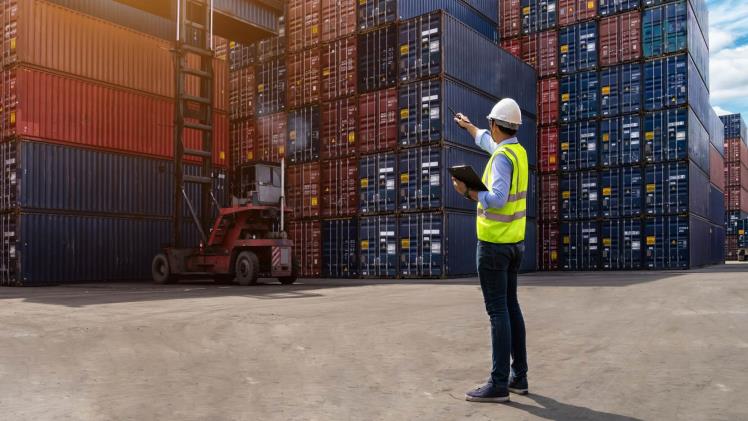Building Resilient Supply Chains with Proactive Quality Inspections

In today’s fast-paced and unpredictable global market, building a resilient supply chain is no longer optional—it’s essential. From geopolitical tensions and shipping disruptions to product recalls and raw material shortages, modern supply chains face a growing number of risks. One of the most effective ways to reduce those risks and build long-term resilience is by implementing proactive quality inspections throughout the production process.
Rather than waiting for problems to surface at the end of the line—or worse, after products reach customers—proactive inspections give businesses visibility, control, and confidence at every stage of manufacturing.
The Role of Proactive Quality Inspections
Proactive inspections are scheduled intentionally throughout the production cycle to catch issues early and address them before they escalate. This differs from reactive inspections, which often happen only after defects or complaints arise.
By integrating inspections at key points—such as during raw material sourcing, mid-production, and before shipment—businesses can ensure that standards are upheld continuously rather than sporadically.
Why Proactive Quality Control Builds Resilience
When a supply chain is designed with proactive inspection protocols in place, it becomes far more adaptive and resistant to disruption. Here’s how:
- Prevention of Defects: Detecting non-conformities during production prevents defective goods from reaching the end of the line, reducing waste and rework costs.
- Reduced Delays: Identifying and fixing issues early keeps production on schedule and avoids last-minute shipment delays caused by last-stage rejections.
- Improved Supplier Accountability: Regular inspections send a clear message to suppliers that quality is being monitored continuously, which leads to better performance and long-term improvements.
- Compliance Assurance: Proactive inspections help ensure that products meet international standards and regulations—before facing customs or legal barriers.
- Faster Response to Market Changes: In times of crisis or shifts in demand, a resilient, well-monitored supply chain can adapt faster without compromising quality.
Where to Apply Proactive Inspections
The benefits of proactive inspections depend heavily on when and how they’re applied. Common stages where inspections add the most value include:
- Pre-Production Inspections (PPI) – Check raw materials and factory readiness before production begins.
- In-Process Inspections (IPI) – Conduct checks during production to catch issues early and adjust processes as needed.
- Pre-Shipment Inspections (PSI) – Verify final product quality, packaging, and labeling before goods leave the factory.
By working with providers that offer comprehensive inspection solutions for global sourcing, importers can build inspection schedules that match their product complexity and risk profile.
Integrating Quality Data Into Risk Management
Beyond the physical inspection, the data collected through proactive quality control becomes a valuable tool for strategic decision-making. Tracking inspection results, defect rates, and supplier performance over time allows businesses to identify patterns, predict risks, and implement preventive measures before problems become systemic.
This performance data can also feed into supplier scorecards, internal audits, and sourcing strategies, strengthening the overall supply chain framework.
A Smarter Way to Invest in Quality
Some companies hesitate to invest in frequent inspections, believing they add cost. However, the cost of not inspecting proactively—including recalls, shipping delays, and reputation damage—often far outweighs the inspection fees.
Investing in quality upfront allows businesses to control risks, reduce unexpected expenses, and protect their brand. A proactive approach doesn’t just safeguard quality—it builds a supply chain that can withstand change, pressure, and uncertainty.
In an era where supply chain volatility is the norm, proactive quality inspections are a foundational element of operational resilience. By embedding inspection points throughout the production cycle and using data to guide decisions, businesses create a supply chain that is not only efficient—but also durable, transparent, and future-ready.
To build a resilient quality control strategy that fits your industry and region, it’s worth partnering with experienced factory inspection professionals who understand the nuances of global manufacturing.



